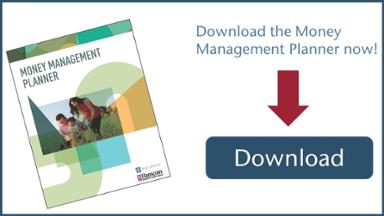While everyone may enjoy a home-cooked meal, it appears that more and more Americans are choosing not to prepare meals at home. According to the Bureau of Labor Statistics, from 2015-2016, Americans as a whole spent more money at bars and restaurants than they did on groceries. This trend has been on the rise over the years, with Americans choosing to eat out or buy prepared foods rather than cook at home.
With food comprising a large part of a family’s budget, (usually 15-20%) the cost of eating out vs. eating in makes a big difference. It’s estimated that the typical restaurant charges 300% more on the same meal as what it would cost to prepare at home. That added money eats into one’s food budget at an alarming pace. That means if that the average $3,000 that Americans spent on takeout and restaurants in 2015 was spent on home-cooked meals instead, it would only cost the equivalent of $1,000 – a savings of $2,000 annually.
Why are more Americans eating out? Researcher Edie Yoon from the Harvard Business Review found the number of people who enjoy cooking at home rapidly declining. Only 10% of American say they love to cook, and 45% are on the fence, while 45% say they hate to cook. He likens cooking to sewing – something the vast majority of people simply don’t do anymore. Plus, the options for eating out have dramatically increased over the years, with more and more restaurant chains and fast food available than ever before.
If you are on a budget, or just want to cut unnecessary waste out of your expenditures, consider how much you spend on eating out that you could be saving. Most Americans eat out 4 to 5 times each week on average. You can reduce this by putting aside time during the weekend to pre-cook meals for the week. Cutting down on expensive items like meat and snacks can help reign in your food budget. Brown bag lunches go a long way for saving money during the workweek. Consider the cost savings of preparing a simple meal at home, and make eating out something you do for special occasions. Remember, a simple dinner can be prepared in just 20 minutes – worth every penny you save by not eating out.
Keep in mind: Not only is eating out bad for your wallet, it can be bad for your health as well. Take-out and prepared foods in general are not only high in cost, but high in calories, fat and sugar. Also, restaurant portion sizes can be much larger, sometimes two to three times larger, than recommended by U.S. Dietary Guidelines. These factors add up to an unhealthy diet, which can contribute to weight gain and other health concerns.
So, the next time you decide to eat out or grab something to-go, remember that you are wasting at least three times in money over a meal you could make at home – and a less nutritious one at that.
Something to chew on: It’s recommended that no more than 25% of net income should go to food, clothing, entertainment, childcare, medical expenses, charity and vacations. How does your budget stack up? Our free Money Management Planner includes tips and worksheets to help you create a healthy financial plan. Download your copy now!














Comment